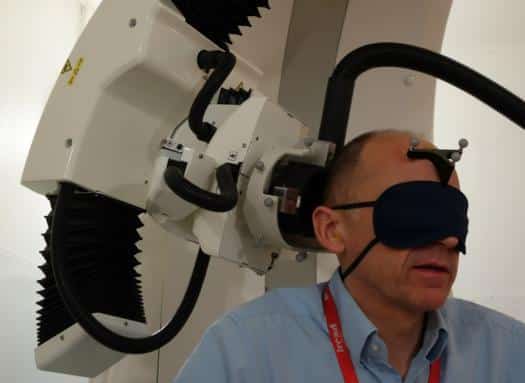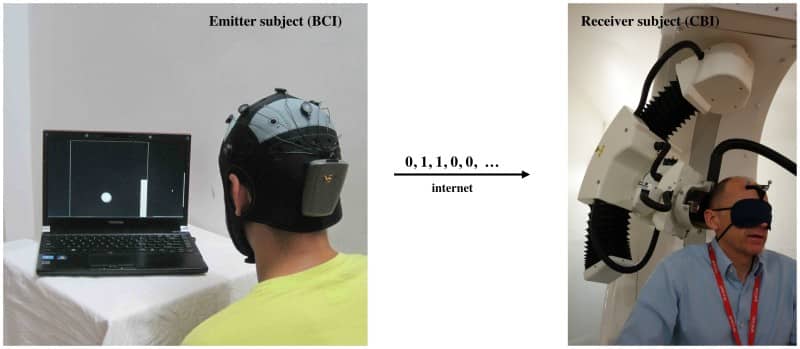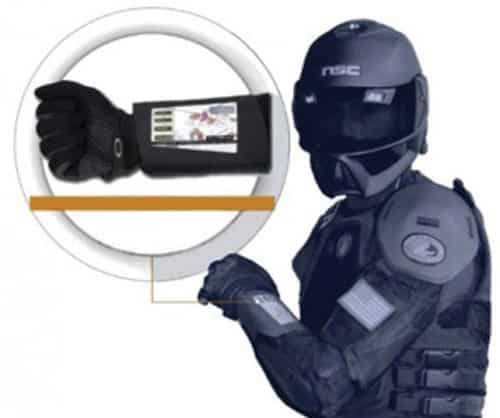The functionality of a human brain is really mysterious. Human body part receives a message, then it goes to the mind, mind reads and understands it and then acts accordingly. But is it possible to send messages directly from one brain to another? Until now, it might have been not possible, but now it’s possible. Lately, scientists have sent messages directly from one brain to another.
A team of neuroscientists has sent a message from the brain of a female in India, to the brains of three people in France, using brainwave-reading equipment and the Internet. The process is slow and cumbersome. It also doesn’t make use of any bleeding-edge technology. Instead, it puts together neurorobotics software and hardware that have been developed by several labs in recent years. Lets see how it happened via step-by-step instructions.
According to the researchers, they used an emitter and placed it on a cap. The emitter was able to record the electrical activity in the brain. The cap communicated wirelessly with a laptop that showed a white circle on a black background on its screen. The emitter translated the message the woman wanted to send into an obscure five-bit binary system called Bacon’s cipher, which is more compact than the binary code that computers use.
Then the emitter had to enter that binary string into a laptop using the woman’s thoughts. The woman did this by using her thoughts to move the white circle on-screen to different corners of the screen. (Upper right corner for “1,” bottom right corner for “0.”). In this way, the emitter’s binary message was sent over the Internet.
On the other side, there were receivers placed inside a transcranial magnetic stimulation machine. It was able to send electromagnetic pulses through people’s skulls. The pulses made the receivers see flashes of light in their peripheral vision that were not actually there. As soon as the receivers’ machine got the emitter’s binary message over the Internet, the machine started to work. It moved its robotic arm around, sending phosphenes to the receivers at different positions on their skulls. Flashes appeared in one position corresponded to 1s in the emitter’s message, while flashes appearing in another position corresponded to 0s.
We don’t know how the receivers kept track of all that flashing. However, the team has published their work in the journal PLOS One.
Source: PopSci
[ttjad keyword=”graphics-cards”]






